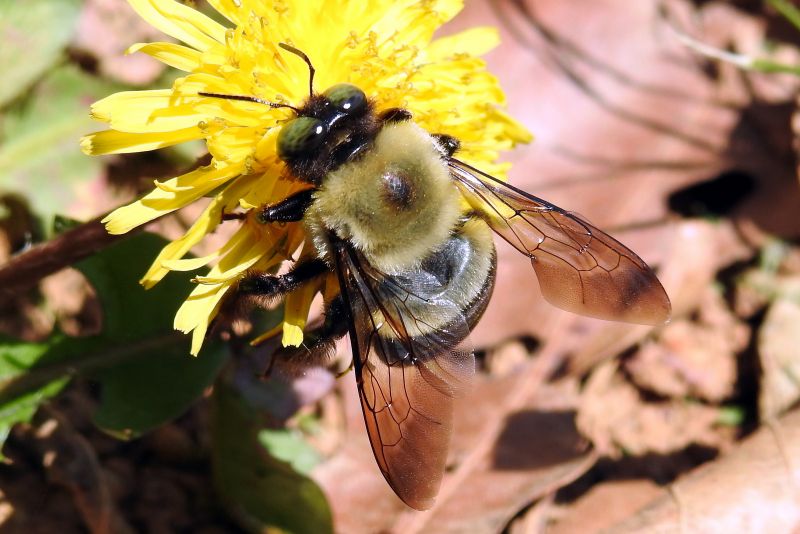
“You’re much more likely to win the lottery than to encounter Giant Hogweed,” Jordan Metzgar, curator of the Massey Herbarium at Virginia Tech Virginia Tech said in a phone interview clarifying information about the plant whose sap can cause severe burns.
He was one of the researchers who helped identify the dangerous Giant Hogweed plants in Clarke County, Virginia.
Those researchers want residents to stay on the lookout for the plant with toxic sap— but stress that the plants are believed to have been planted intentionally decades ago and haven’t spread in the years since.
“We have identified plants planted for ornamental reasons about 30 years ago,” Metzgar said. “We have no evidence it has spread.”
Those plants have been reported and may have been killed.
“It’s a dangerous plant but I’m not overly concerned about it. This seems to be an isolated incident,” said Virginia Tech’s Michael Flessner, an assistant professor and extension weed science specialist.
Giant Hogweed is a Tier 1 Noxious Weed in Virginia and should be reported to the Virginia Department of Agriculture and Consumer Services.
Prior to last week, it had not been confirmed in Virginia, so Flessner worked with Metzgar and Virginia Cooperative Extension Agent Mark Sutphin to identify the plant.
Property owners in the New River Valley who think they spot Giant Hogweed should not panic, Metzgar said.
He stressed that Giant Hogweed, with its white, umbrella-shaped-flower clusters, looks very similar in appearance to cow parsnip, a plant that’s widespread and native to Virginia.
Giant Hogweed can grow to be up to 14-feet tall with leaves five-feet wide, while cow parsnip is generally shorter.
Cow parsnip can also cause a mild skin rash but isn’t nearly as dangerous as Giant Hogweed.
Anyone who suspects they have found Giant Hogweed should take photos, check online to compare the plant to photos, and then contact a Virginia Cooperative Extension agent or the Virginia Department of Agriculture and Consumer Services.
No one should mow or use a weed trimmer to remove either Giant Hogweed or cow parsnip without wearing proper covering and safety gear, Flessner said.
Giant Hogweed, a native of the Caucasus Mountains, is now found in a number of other states, north of Virginia, and is thought to have been introduced to this country through the horticulture trade.

